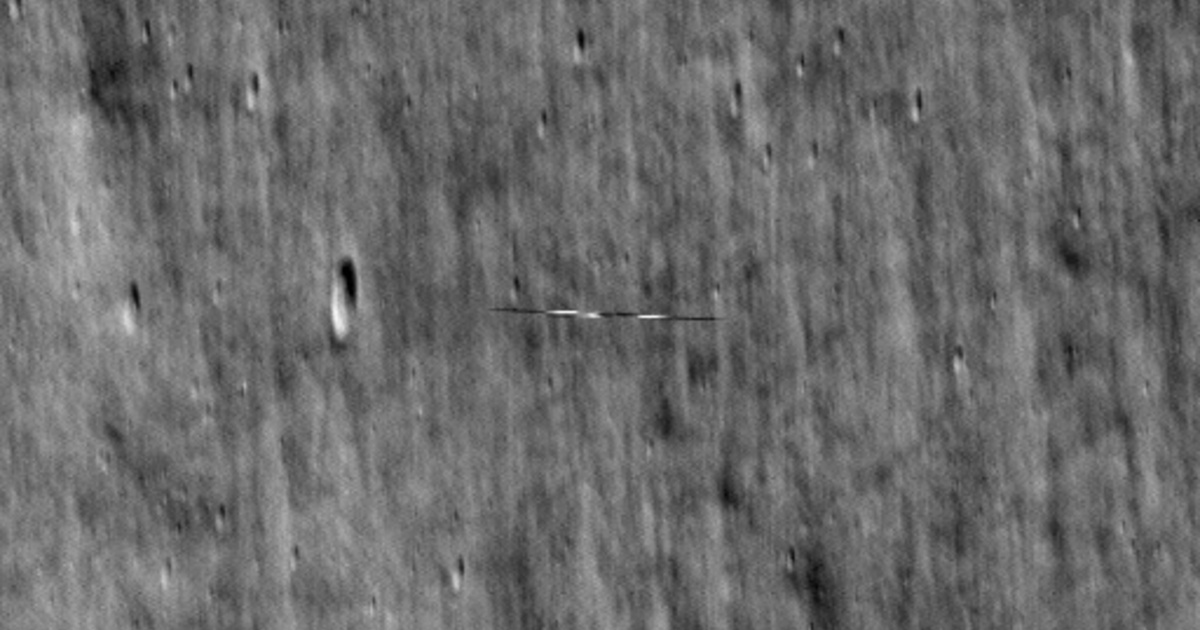On March 6 of this year, NASA's Lunar Reconnaissance Orbiter (LRO), a probe orbiting the Moon, captured a strange elongated shape using its onboard camera called LROC. There was immediate excitement around the images, with experts and the general public believing they had likely discovered an inter-dimensional surfboard rather than a flying saucer.
LRO has been orbiting the Moon at an altitude of about 50 kilometers for 14 years, and based on the amount of fuel available, it is certain to continue its scientific work until 2026. During more than a decade of operation, the device has created a 3D map of the Moon with a resolution of 100 metres, and has identified landing sites for missions Apollo has photographed them, and typically identifies landing or impact sites for all lunar missions — for, say, India's Vikram probe that crashed in 2019, or the mysterious Chinese spacecraft that crashed on the far side of the moon.
Specialists at NASA's Goddard Space Center revealed that capturing the image, which is one of the most unusual LRO images, required extremely precise timing, and they actually know exactly which man-made object appears.
kpop satellite
The strange pixel strip is actually a box equipped with a conventional solar panel, the South Korean Pathfinder Lunar Orbiter (KPLO), officially known as Danori. LRO and Danuri traveled parallel, but facing each other, so their relative speed was an astonishing 11,500 kilometers per hour.
Image: NASA/Goddard/Arizona State University
With an LRO exposure time of just 0.338 milliseconds, Danuri still appears as a slithering line extending ten times its original size, as Marvel fans thought they had discovered the superhero's special vehicle called Silver Voyager.
Danori was launched from Earth on board the SpaceX Falcon 9 launch vehicle in the summer of 2022 and launched into orbit in December of the same year. The lunar satellite performs an overall role very similar to the LRO: mapping, photography, hydrological and mineral composition analysis for a possible future space mining mission, and telecommunications. As a satellite Internet service provider of local interest, for example, it broadcast the “Dynamite” video by popular K-pop band BTS into space. We really hope the aliens don't pick up the broadcast.
(Interesting geometry, Live Science, NASA)















































